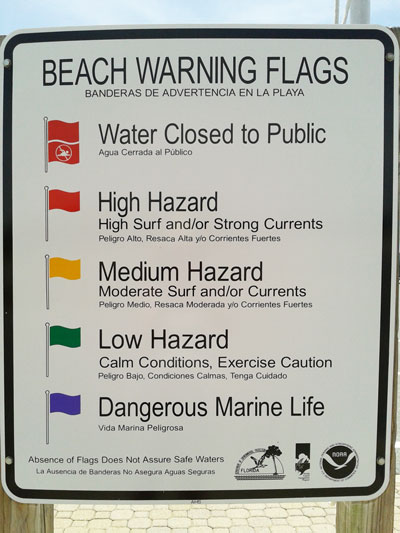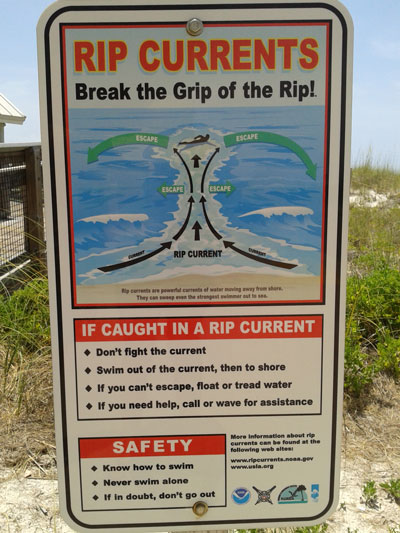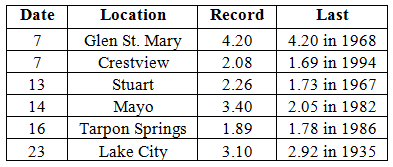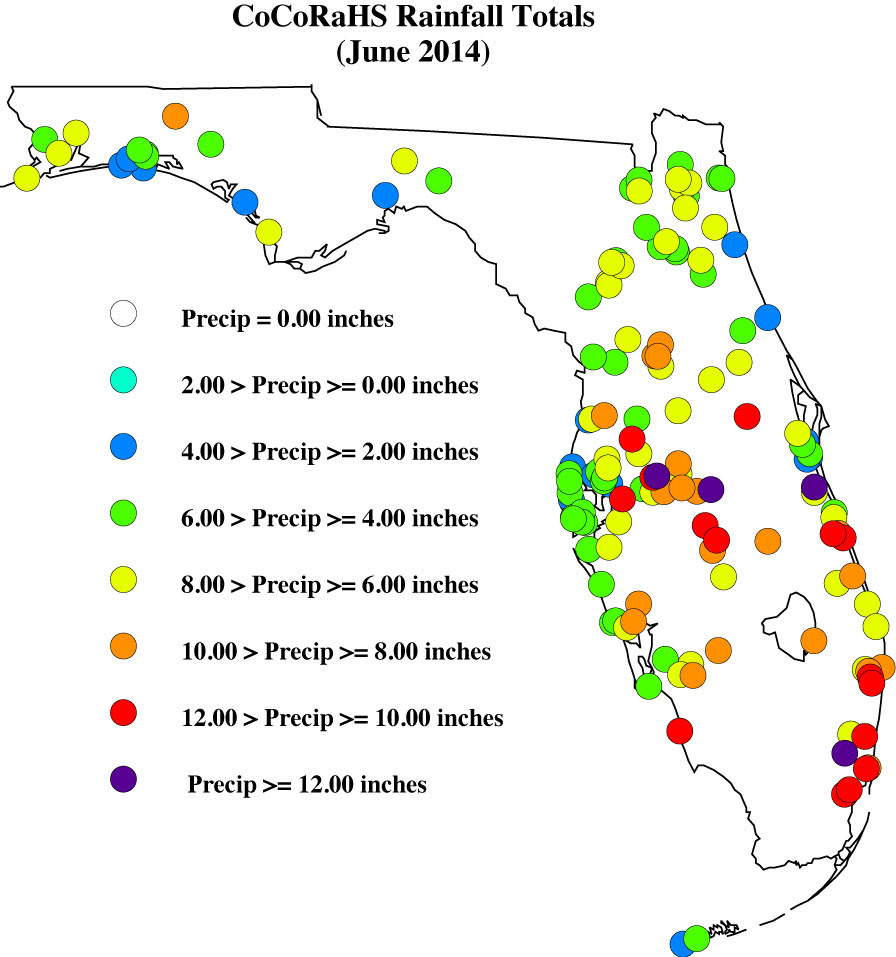 |
|
CoCoRaHS
F L O R I D A
A Community Collaborative
Rain, Hail & Snow Network
|
|
|
|
 |
 |
 |
 |
 |
 |
 |
 |
 |
 |
 |
 |
 |
Observer Comments of the Month
As I mentioned last month, I want to start sharing some of the comment our observers make each month. These comments can be informative, tell a story, or be pretty amusing. So with that, let's get to some of my favorite comments from June...
FL-CT-7 on 6/1/2014: "I was one-half mile from my home when the rain started yesterday afternoon. It was like driving through a car wash."
FL-PB-12 on 6/10/2014: "A day full of smoke from the brush fire in the Everglades, thunder could be heard in the afternoon but no rain here."
FL-BW-45 on 6/19/2014: "There was a small amount of rain in the gauge, however it was contaminated with bird droppings. Unknown exactly how much rainfall."
FL-AL-26 on 6/23/2014: "A passing bird or gust of wind dropped a blueberry into the funnel of the rain gauge, but it's unlikely it affected the overall amount of measurable rainfall!"
FL-BW-48 on 6/28/2014: "Rumbling and lightning in the distance yesterday afternoon. I could even see rain falling in the distance. But here, at this station, not a drop. A trace this morning (or condensation?), anyway, not enough, I needing to water the garden... :-)"
|
Rip Current and Lightning Safety
In June, the National Weather Service focuses on rip current and lightning safety awareness weeks.
Rip Current Safety
A rip current forms when waves break near the shoreline, and some of the waves break stronger in some locations than others. This causes a circulation of fast-moving water that travels back offshore. Even the most experienced swimmer can get caught in a rip current and unable to break free. So far in 2014, 5 people have lost their lives and 6 people have been rescued from rip currents. There are signs posted at most beaches of a diagram of what a rip current looks like, and what to do if you're caught in one. In addition, the state of Florida has a beach flag system that can easily describe the surf condition based on a color scale.
http://www.ripcurrents.noaa.gov/index.shtml
 
Lightning Safety
Florida is the lightning capital of the continental United States, with some portions of the state seeing an average of more than 30 strikes per square mile each year. Since May 4 fatalities from lightning have been reported in the state, and June, July and August are months when there are increased outdoor activities. Remember, "When It Roars, Go Indoors." 
http://www.lightningsafety.noaa.gov
This is a good time to review the excellent information and resources that the NWS has pulled together. If you have any visitors coming from out of state, it may be good to send them the links provided, so they can make sure they are aware of these summer hazards here in the Sunshine State.
|
Observer Photos
I've said it a bunch of times, but it's the observer that make this program so valuable! And I love to highlight them, when given the chance. Many of you take wonderful photos throughout the year, and some have had their photos put into our previous CoCoRaHS calendar. This month, I have the pleasure of sharing some pictures taken from Don, one of our original observers from 2007.

I would love to get pictures from other observers too! So as your out and about over the next month, snap a couple of photos and send them my way. You may see them in our next newsletter.
|
Quick Facts About June Observations
Registered Observers:
| 1,591 | Active Observers:
| 577 | Reports Submitted:
| 13,269 | Date of Most Reports:
| 486 on the 2nd | Highest Rain Report:
| 6.26" on the 16th (FL-PK-22) | | Number of Observer Comments: | 2629 |
|
June Rains
Portions of the northwestern Panhandle, the Nature Coast, and north Florida reported monthly rainfall totals well above normal, while the rest of the state saw below average rainfall during May (Figure 1). Departures from normal roughly ranged from -2.36" to 6.44" (Table 1), though localized parts of Florida saw rainfall totals that were as much as 5.00" below normal to over 8.00" above normal. May 2014 was the 4th wettest on record at Tampa. There were multiple 24-hour precipitation records broken for the month (Table 2).
Table 1. June precipitation totals and departures from normal (inches) for selected cities.

Table 2. Select daily rainfall records (inches) broken during June (Compiled from NOAA, NWS)

Figure 1. A graphical depiction of the monthly rainfall departure from normal (inches) for June is given in the figure below (courtesy of NOAA, NWS).
|
June CoCoRaHS Totals
Here are the CoCoRaHS rainfall totals for June from some select CoCoRaHS stations across the state.

|
Current State of the Drought
The National Drought Monitor showed that the lack of rainfall for the at the end of May led to an increase in observed drought conditions, with moderate drought (D1) to be recorded for coastal portions of Collier, Dade and Monroe counties. The Everglades, along with most of the Gold Coast were experiencing abnormally dry (D0) conditions for the first two weeks of the month. Around the time of the June 17th release, rains in Southern portions of the state had eased the moderate conditions and had cut back the D0 to all of Dade and Monroe counties, and portions of Broward and Collier counties. Continued rains through the remainder of the month further alleviate drought conditions across the entire state. Lake Okeechobee is currently at 12.95 ft., which is up from the end of May.
|
Odds and Ends
Make sure to check out the monthly Wx Talk Webinars offered by CoCoRaHS. Each month features a different weather related topic and gives a chance for our observers to interact with the speaker. If you are unable to attend or have missed some of the previous month's talks, you can find them archived on the CoCoRaHS YouTube site: http://www.youtube.com/cocorahs/
Make sure to like Florida CoCoRaHS on Facebook! Observers can now post comments and pictures to the wall.
|
|
|
|
 |
 |
 |
 |
 |
 |
 |
 |
 |
 |
 |
 |
 |
|
|
 |
 |
|
 |
|